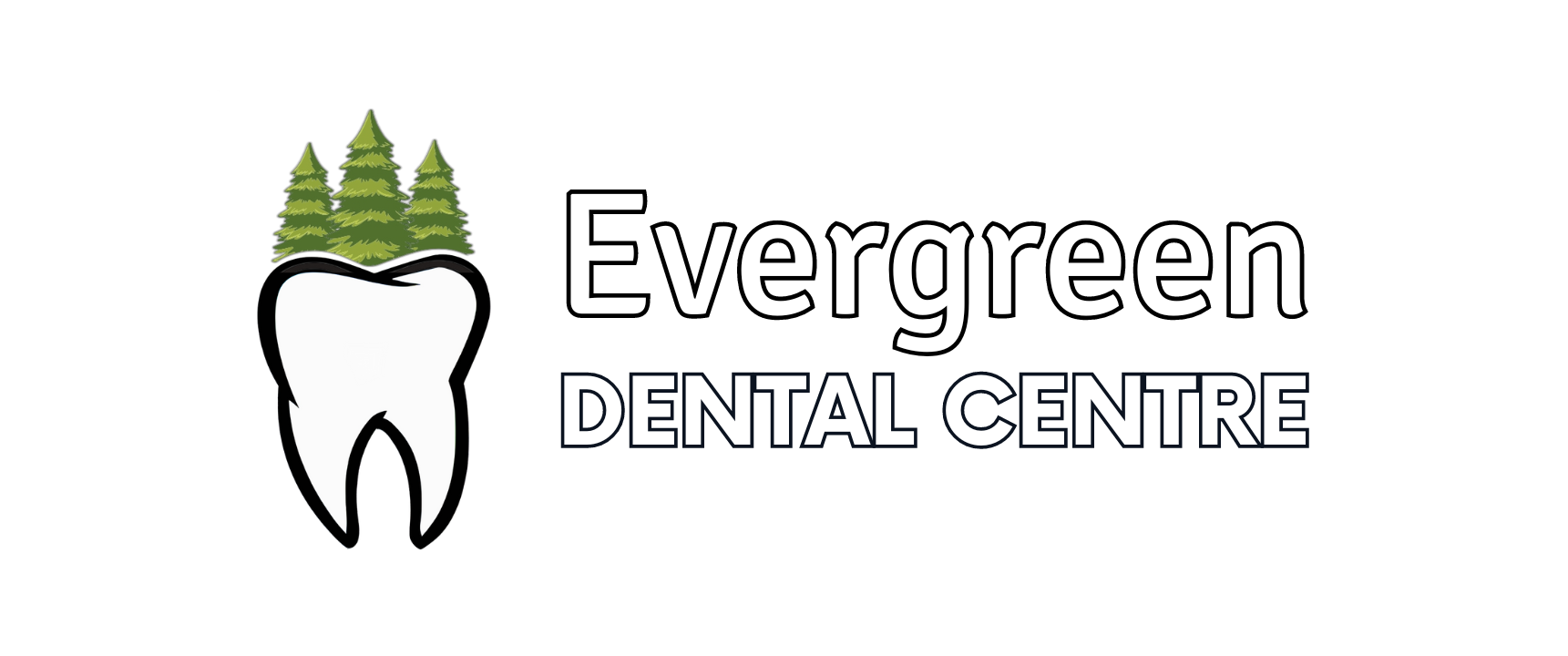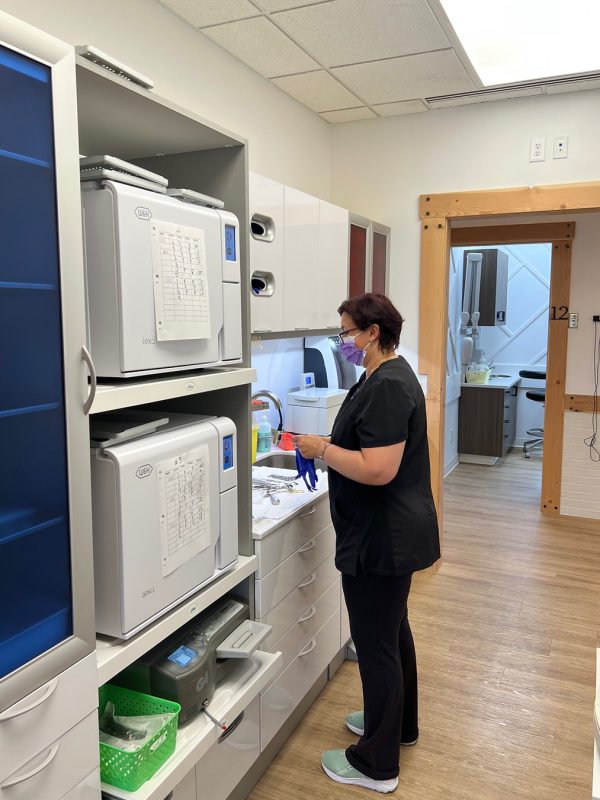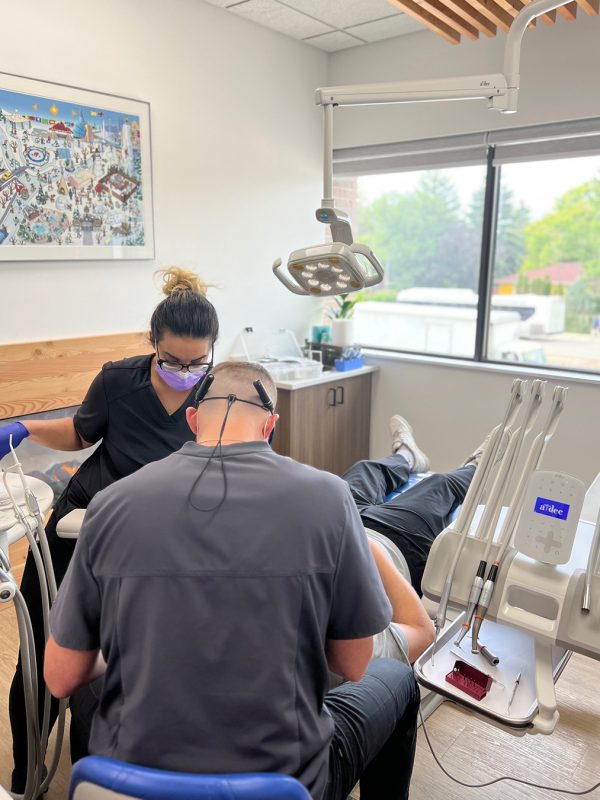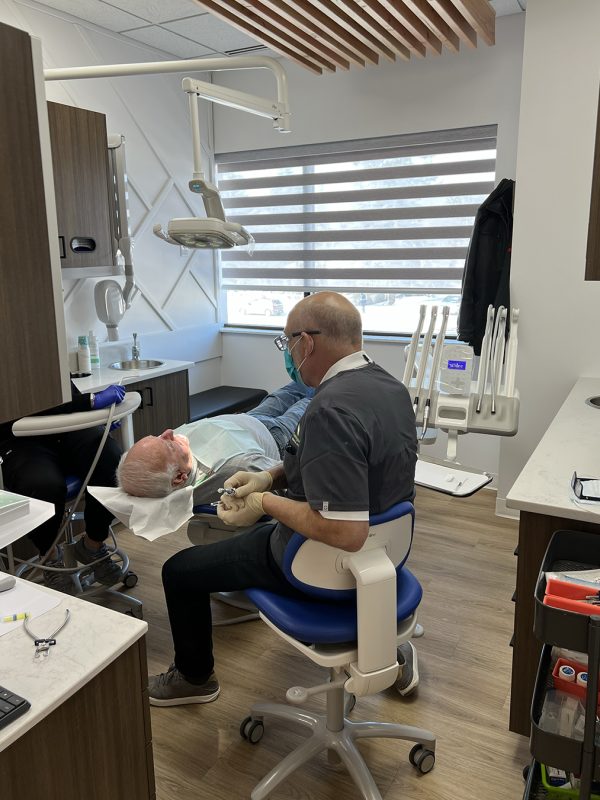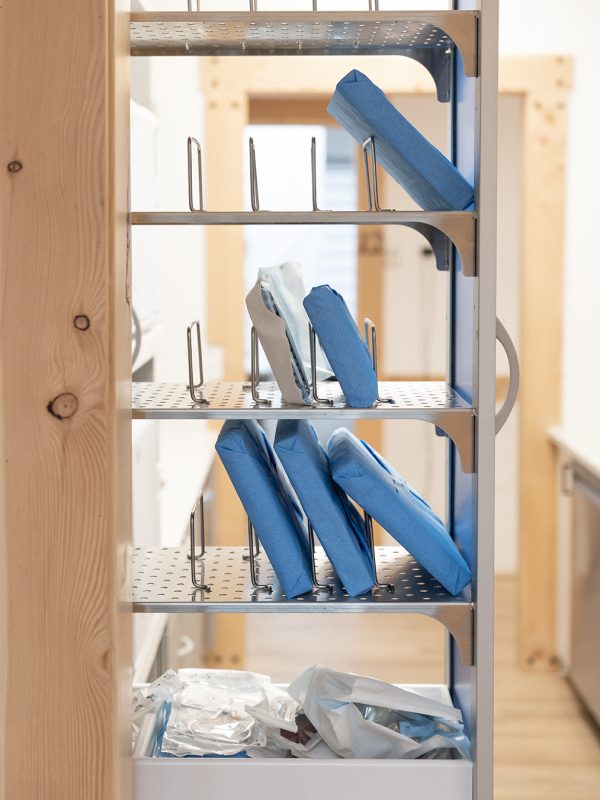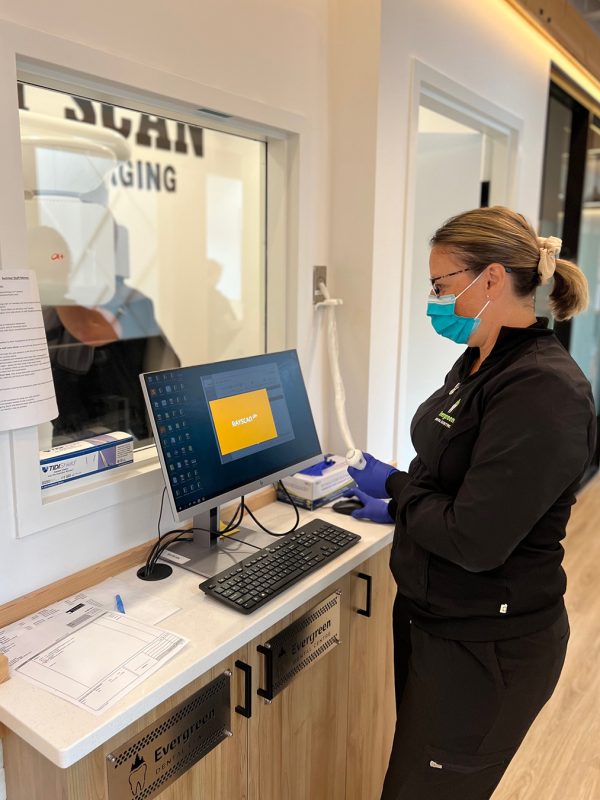Maintaining optimal oral hygiene involves more than just brushing and flossing; it includes utilizing tools that enhance overall dental care. One such tool is the tongue scraper, which plays a crucial role in removing bacteria, dead cells, and food particles from the surface of the tongue. This article will explore what a tongue scraper is, how it works, and the best times to incorporate it into your oral hygiene routine. By understanding these aspects, you can make informed decisions about when and how to use a tongue scraper to achieve better oral health.
Table of Contents:
- What is a Tongue Scraper?
- How Does a Tongue Scraper Work?
- When Should You Use a Tongue Scraper?
- Conclusion
What is a Tongue Scraper?
Tongue scrapers are typically thin, curved tools made from materials like stainless steel, plastic, or copper. Their design is specifically intended to clean the tongue by removing the buildup of bacteria, food particles, and dead cells that can accumulate on its surface. This accumulation, often referred to as tongue coating or tongue biofilm, can contribute to bad breath, altered taste, and other oral health issues.
Materials Used in Tongue Scrapers
Tongue scrapers are typically made from stainless steel, plastic, or copper. Each material has its own unique advantages:
- Stainless Steel: Durable, resistant to rust and corrosion, and provides a smooth surface for gentle cleaning.
- Copper: Possesses natural antimicrobial properties, inhibiting the growth of bacteria. However, it requires regular cleaning to prevent tarnishing.
- Plastic: Lightweight, affordable, and comes in various colors and designs. While easy to handle, it may not be as durable as metal options.
How Does a Tongue Scraper Work?
Using a tongue scraper is a straightforward process. Gently apply pressure to the blade and scrape from the back of your tongue towards the front. This action helps to dislodge and remove the buildup of bacteria, food particles, and dead cells that can accumulate on the tongue’s surface. The process works by:
- Breaking Up Debris: As you scrape, the blade breaks up the buildup of bacteria, food particles, and dead cells that cling to the tongue’s surface.
- Removing Coating: The scraping motion helps to remove this debris from the tongue, leaving it cleaner and smoother.
- Enhancing Oral Hygiene: By removing the coating, you reduce the bacterial load in your mouth, which can contribute to better breath and a lower risk of oral health issues.
The Benefits of Tongue Scraping
Tongue scraping offers a range of benefits that can significantly enhance your oral health and well-being. While it might seem like a small addition to your daily routine, its impact can be substantial.
- Freshens Breath: By removing bacteria and debris from the tongue’s surface, tongue scraping can significantly reduce bad breath, leading to a fresher, cleaner mouth.
- Enhances Taste Perception: A clean tongue allows your taste buds to function more effectively, improving your ability to savor flavors and enjoy your meals.
- Reduces Bacteria: Tongue scraping helps to lower the bacterial load in your mouth, reducing the risk of oral health issues like gum disease and tooth decay.
- Improves Overall Oral Hygiene: As a complementary practice to brushing and flossing, tongue scraping helps to create a cleaner and healthier oral environment.
When Should You Use a Tongue Scraper?
Morning Routine
The best time to use a tongue scraper is first thing in the morning. After a night of sleep, your tongue accumulates a significant amount of bacteria and debris. Scraping it as part of your morning routine helps start your day with a fresh mouth.
Before Brushing Your Teeth
Using a tongue scraper before brushing your teeth can help remove the coating from your tongue, allowing your toothpaste to work more effectively on your teeth and gums.
After Meals
If you notice a buildup of food particles or an unpleasant taste after eating, using a tongue scraper can help clean your tongue and eliminate lingering residues.
When Experiencing Bad Breath
If you’re struggling with persistent bad breath, adding tongue scraping to your oral hygiene routine may help address the issue by targeting the bacteria responsible for the odor.
Conclusion
So, when should you use a tongue scraper? Incorporating a tongue scraper into your daily oral hygiene routine is a simple yet effective way to improve your overall oral health. By removing bacteria, food particles, and dead cells from your tongue, you can experience fresher breath, enhanced taste perception, and a reduced risk of oral health issues.
To make tongue scraping a consistent part of your routine, consider these tips:
- Choose the right scraper: Select a scraper made from a material that suits your preferences and needs.
- Scrape gently: Avoid applying excessive force to prevent irritation.
- Clean your scraper regularly: Rinse it with warm water after each use and clean it with a disinfectant solution periodically.
By following these guidelines, you can reap the benefits of tongue scraping and enjoy a healthier, more confident smile. If you have any concerns about using a tongue scraper or would like personalized advice, schedule an appointment with our dental team today for a personalized consultation and professional cleaning.
